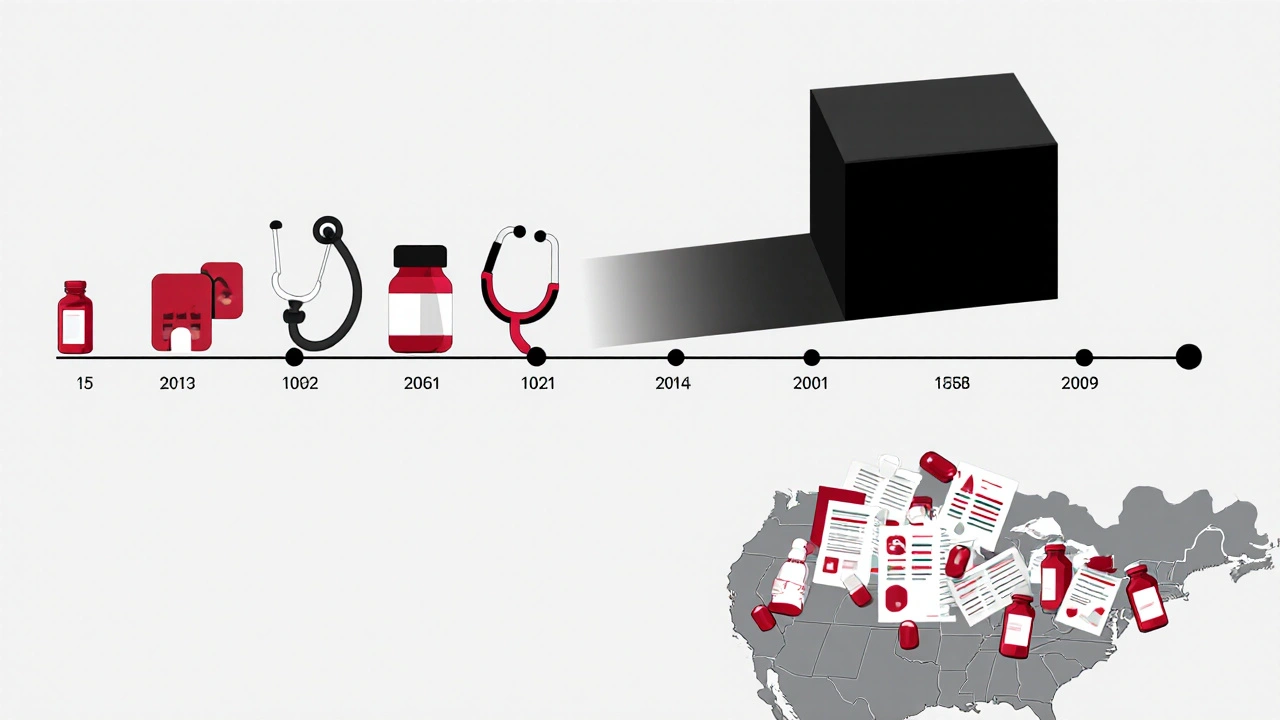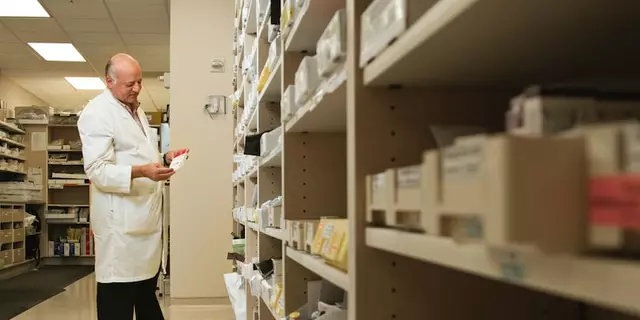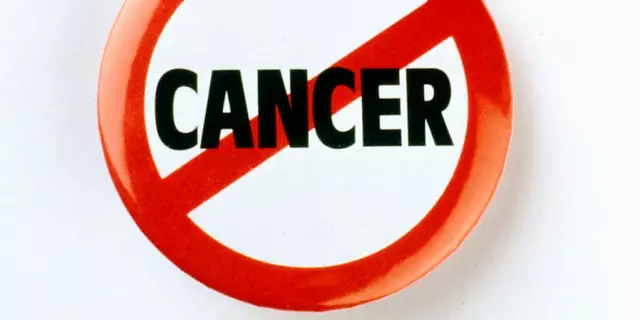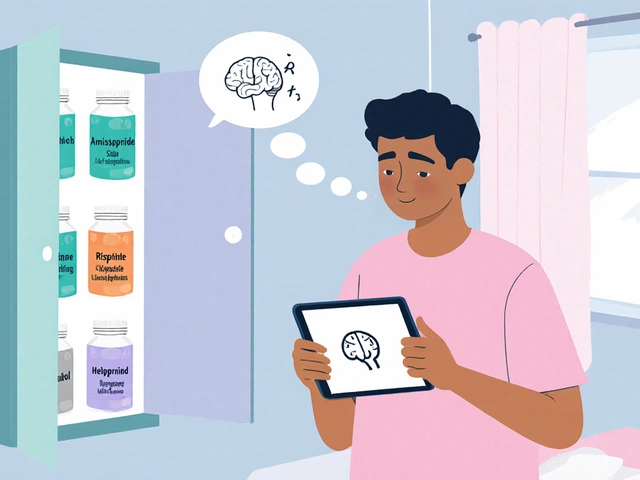Black Box Warning Checker
Check Your Prescription Drug
Enter a drug name to see if it has an FDA black box warning and understand the key risks.
When you pick up a prescription, you probably don’t expect to find a warning that could save your life-or warn you it might take it. But for over 400 medications in the U.S., that’s exactly what’s printed in bold, black-bordered boxes at the front of the drug’s packaging. These are black box warnings, the FDA’s most serious safety alert. They don’t appear on every drug. They’re not just reminders. They’re red flags that say: this medicine can kill you if used the wrong way.
What Exactly Is a Black Box Warning?
A black box warning is a formal, legally required notice from the U.S. Food and Drug Administration (FDA). It’s printed in a thick black border, right at the start of the drug’s prescribing information. You’ll see it in the package insert doctors use, on pharmacy labels, and sometimes even in ads. It’s not decorative. It’s urgent.The FDA only uses this format when there’s clear, serious evidence that a drug can cause death or life-threatening injury. It’s not about mild side effects like nausea or dizziness. It’s about risks like liver failure, suicidal behavior, heart attacks, or severe allergic reactions that happen fast and can’t be ignored.
These warnings started taking shape after the Kefauver-Harris Amendments of 1962, when Congress forced drug companies to prove their products were safe before selling them. The black box format itself became standard in the 1970s and 1980s as the FDA refined how to communicate the gravest dangers. Today, it’s the highest level of warning a drug can carry-higher than regular precautions or contraindications listed lower in the label.
Why Do These Warnings Exist?
The goal isn’t to scare people away from medicine. It’s to make sure no one takes a high-risk drug without understanding what they’re getting into.Take rosiglitazone, a diabetes drug. After studies linked it to a spike in heart attacks, the FDA slapped on a black box warning in 2007. Usage dropped by 70% in the next few years-not because the drug was pulled, but because doctors and patients finally saw the risk. That’s the point. The warning didn’t ban the drug. It forced a conversation.
Another example: antidepressants carry black box warnings for increased suicidal thoughts in young adults under 25. That doesn’t mean you shouldn’t take them. It means if you’re 19 and starting fluoxetine, your doctor needs to check in with you weekly at first. The warning changes how the drug is used-not whether it’s used at all.
According to the FDA, black box warnings are issued when three conditions are met:
- The risk is serious enough to outweigh the benefits for some patients
- The harm can be reduced by careful use-like monitoring blood tests or avoiding other drugs
- Specific rules must be followed, like only prescribing to patients who’ve been trained or avoiding use in pregnant women
How Does the FDA Decide to Add One?
Most black box warnings don’t come before a drug hits the market. They come after.When a new drug is approved, the FDA reviews data from clinical trials-usually a few thousand patients over months or a couple of years. But real-world use involves millions. That’s where things show up.
Post-marketing surveillance through the FDA Adverse Event Reporting System (FAERS) catches problems that didn’t show up in trials. A doctor reports a patient who developed pancreatitis after taking a new painkiller. Another case. Then ten. Then a pattern. That’s when the FDA digs deeper. If the evidence is strong enough, they require the manufacturer to add a black box warning.
That’s why so many of these warnings appear years after a drug is sold. Opioids got their black box warning for risk of addiction and overdose only after the epidemic was already in full swing. Psychiatric drugs, diabetes meds, and even some cancer treatments followed the same path.

What’s in a Black Box Warning?
The text inside the black border is precise. It doesn’t say “may cause” or “possible risk.” It says what happened, how often, and what to do about it.Here’s what you’ll typically find:
- Specific danger: “Risk of severe liver injury leading to liver transplant or death”
- Who’s at risk: “Patients with pre-existing liver disease” or “Patients over 65”
- Required monitoring: “Liver function tests before and during treatment”
- Contraindications: “Do not use in patients with active hepatitis”
- Special instructions: “Prescribers must complete training before prescribing”
Some warnings even list exact numbers. For example, one drug’s warning says: “Fatal hepatotoxicity occurred in 1 in 1,000 patients treated for 12 weeks.” That’s not vague. That’s data.
Do Black Box Warnings Actually Work?
Not always. And that’s the problem.When rosiglitazone got its warning, prescriptions dropped sharply. But pioglitazone, a similar drug with a nearly identical warning, didn’t see the same drop. Why? Media coverage. Rosiglitazone was all over the news. Pioglitazone wasn’t. The warning was the same. The risk was similar. But public awareness made the difference.
Studies show that black box warnings change prescribing behavior-but only if doctors see them, understand them, and act on them. Some doctors still prescribe drugs with black box warnings without fully explaining the risks. Others avoid them entirely, even when the benefits clearly outweigh the dangers.
That’s why experts like Dr. Meghan Lehmann from Cleveland Clinic stress: a black box warning doesn’t mean “never use.” It means “use with eyes wide open.” The drug might still be the best option for someone with no alternatives.
What Should You Do If Your Medication Has One?
Don’t panic. Don’t stop taking it. Do talk to your doctor.Here’s what to ask:
- What exactly is the risk? Is it rare or common?
- What symptoms should I watch for? When should I call you?
- Do I need blood tests or other monitoring? How often?
- Are there safer alternatives? What are the trade-offs?
- Is this drug still the best choice for me, given my health history?
Don’t rely on the internet or pharmacy labels alone. Your doctor knows your history, your other meds, your liver function, your kidney health. They’re the only ones who can weigh the warning against your personal situation.
Also, report any side effects. Use the FDA’s MedWatch program. If you or your doctor notices something unusual, submit it. That’s how the FDA finds new dangers. Every report matters.

How Do Black Box Warnings Compare to Other FDA Alerts?
The FDA issues many kinds of safety messages:- Drug Safety Communications: General alerts sent to doctors and the public about emerging risks
- Label Updates: Minor changes to side effect lists or dosing info
- Black Box Warnings: The highest level. Only for life-threatening risks
A drug might get a safety alert first. If the risk grows, it might get a label update. Only if the danger is severe, clear, and preventable does it get a black box.
Think of it like traffic lights. Yellow is a caution. Red is a stop. Black box is a red light with a siren and flashing strobe.
Where Can You Find These Warnings?
You can find black box warnings in three places:- The paper insert that comes with your prescription
- The pharmacy’s printed label (sometimes summarized)
- Online databases like DailyMed (maintained by the National Library of Medicine)
Consumer Reports’ Best Buy Drugs and the Drug Effectiveness Review Project also summarize these warnings in plain language. These are great tools if your doctor doesn’t explain them clearly.
What’s Changing?
The FDA knows black box warnings aren’t perfect. Some patients don’t understand them. Others ignore them. Experts are pushing for clearer language-less jargon, more numbers. Instead of “risk of serious injury,” they want: “1 in 200 people will have liver failure.”There’s also talk about making the warnings more visual-using icons or color codes-to help patients grasp the severity faster. Right now, they’re all text. That’s fine for doctors. Not so much for the average person.
But the system itself isn’t going away. It’s too important. In a world where 200,000 Americans die each year from adverse drug reactions, black box warnings are one of the last lines of defense.
They’re not perfect. But they’re the strongest tool we have to stop preventable deaths.








Kartik Singhal November 22, 2025
So the FDA thinks slapping a black box on a pill is enough? 😒 Meanwhile, Big Pharma just rebrands it as 'premium care' and hikes the price 300%. This is theater. Not safety. 🤡
Chris Vere November 22, 2025
The black box warning is a necessary formality in a system that often prioritizes profit over precaution. Yet it remains a passive instrument, relying on the vigilance of individuals who may not fully comprehend its gravity. We must do better than mere boxes.
Pravin Manani November 23, 2025
Let's be clear-black box warnings are pharmacovigilance artifacts of last resort. They emerge from post-marketing signal detection via FAERS, which is inherently noisy and delayed. The real failure is in preclinical risk stratification. We're still using 1980s trial designs to predict 2020s polypharmacy outcomes. We need real-world evidence integration, not just black boxes.
Mark Kahn November 24, 2025
Hey, if you're on a med with a black box, don't freak out. Talk to your doc. Ask the five questions the article listed. You got this. 💪 Most people who follow the guidance end up way better off than they thought.
Daisy L November 25, 2025
Ohhhhhh so NOW the FDA cares?!?!? After 200,000 dead Americans?!?!? They waited until the opioid crisis became a headline-and even then, they didn't ban it, they just added a box?!?!? This is criminal negligence wrapped in bureaucratic legalese!!!
Anne Nylander November 26, 2025
i didnt even know about these black boxes til i read this!! so important!! i just asked my dr about my new med and she said yes its got one but heres why its still right for you!! thanks for the heads up!!
Noah Fitzsimmons November 27, 2025
Oh wow, a black box. How revolutionary. So the FDA finally noticed that antidepressants might make teens suicidal? Or that opioids are addictive? Groundbreaking. I'm sure the CEOs are weeping into their yachts right now.
Clifford Temple November 28, 2025
This is why America is falling apart. We let bureaucrats in white coats slap boxes on pills while our kids get addicted to fentanyl-laced Xanax sold on Instagram. We need a war on drugs-real war, not a fancy label. This is weakness.
Corra Hathaway November 29, 2025
I LOVE that they're talking about making these warnings more visual!! 🎨 Like, imagine a skull icon with a red flash when you open the pill bottle! Also, why can't we have a TikTok explainer video for every black box? #MedEdRevolution 🙌
Shawn Sakura November 30, 2025
I am deeply grateful for the rigorous oversight that enables these warnings to exist. The systematic collection of adverse event data through FAERS represents a monumental achievement in public health surveillance. One must, however, acknowledge the persistent challenges in patient comprehension and clinical adherence, which remain significant barriers to efficacy.
Paula Jane Butterfield November 30, 2025
As a nurse who's seen patients panic over these warnings, I always say: 'It's not a death sentence, it's a roadmap.' The key is context. My grandma on warfarin? She got the box warning. We checked her INR weekly. She lived to 92. This isn't fear-it's empowerment.
jim cerqua November 30, 2025
I’ve been on a black box drug for five years. My liver enzymes? Fluctuating. My anxiety? Skyrocketing. My doctor? Says ‘it’s fine.’ But I’ve read the insert. I’ve cried over it. I’ve Googled ‘can you die from this’ at 3 a.m. And no one-not the pharmacy, not the website, not even the damn ad-tells you how lonely this feels. This isn’t just a warning. It’s a sentence you serve alone.
Donald Frantz December 2, 2025
The fact that black box warnings are reactive, not predictive, exposes a fundamental flaw in our regulatory framework. Clinical trials are underpowered, FAERS is voluntary and biased, and post-market surveillance is fragmented. We need mandatory real-time pharmacovigilance networks, not static text in a border.